
Hybrid stepper motors are integral components in various industrial and commercial applications due to their precision and reliability. Selecting the right hybrid stepper motor for your specific needs can be a complex task. This comprehensive guide will walk you through the essential factors and con

Who Makes Stepper Motor ? Stepper motors are produced by various manufacturers around the world. HOLRY can help you choose the stepper motor that suits your needs.

China's manufacturing industry is no longer what it used to be, and China has grown from a weak manufacturing country in the past to a global manufacturing center, rewriting the global pattern with its own power. How good is Made in China? From 2010 to 2020, China's manufacturing industry has been r
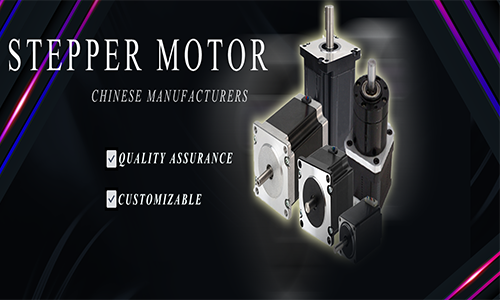
How to select power and torque when choosing an electric motor?The power of the electric motor should be selected according to the power required by the production machinery, and try to make the motor run under the rated load. The following two points should be noted when selecting:① If the motor po
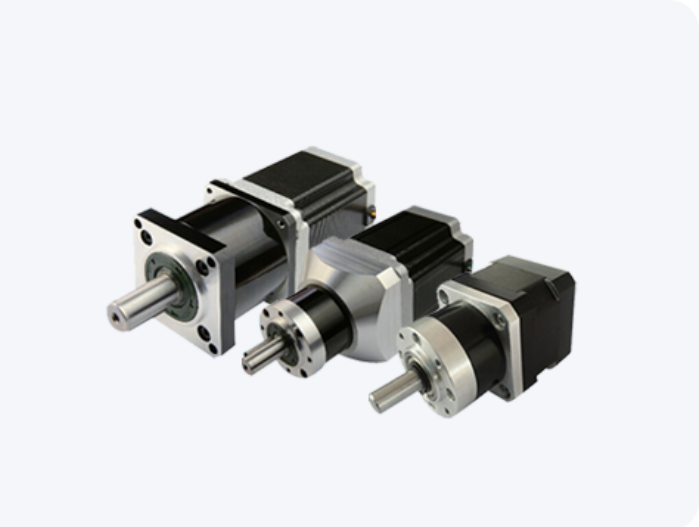
Article Outline:Introduction: Understanding the Importance of GearboxesWhat Is a Stepper Motor?Why Do You Need a Gearbox for a Stepper Motor?Types of Gearboxes for Stepper Motorsa. Inline Gearboxes b. Planetary Gearboxes c. Worm Gearboxes d. Right-Angle GearboxesFactors to Consider When Choosing a G

To buy or wholesale spindle motors, you can consider the following options:Spindle Motor Direct Manufacturers,Availability, reliability, supply experience.
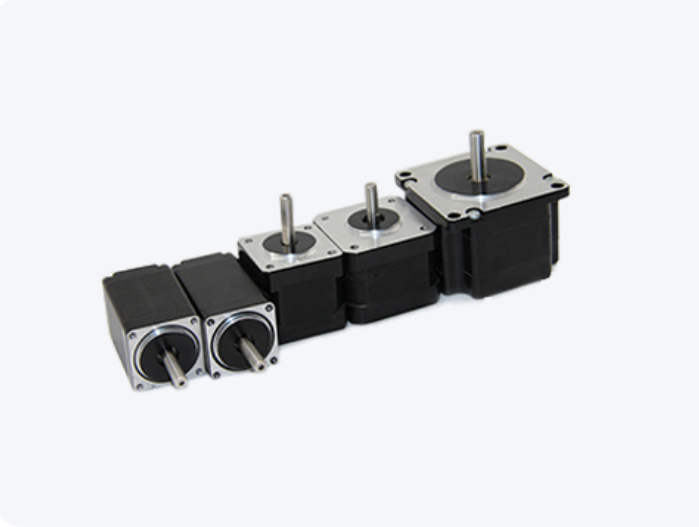
where to buy stepper motor, If you are looking for, or wholesale motor Holry motor is your best choice, Holry is the source of motor manufacturers.
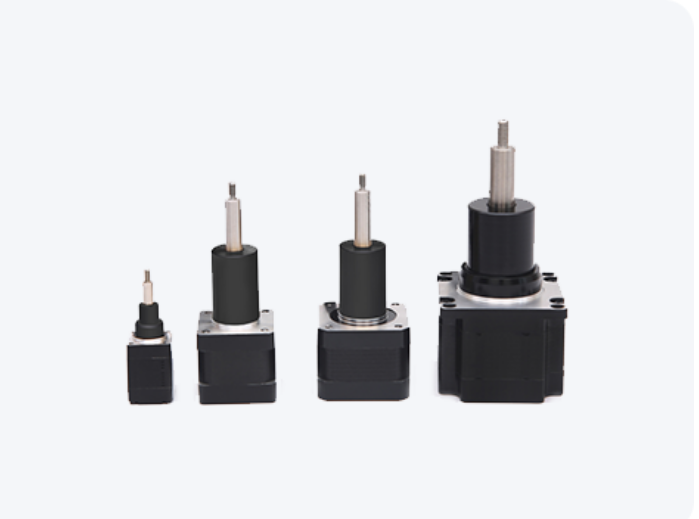
In the realm of modern engineering and automation, the Lead Screw Stepper Motor stands as an invaluable innovation, powering a myriad of applications with its precision and efficiency. Whether you're a seasoned engineer or an enthusiast eager to delve into the world of motion control, understanding

The products of our store are well-designed and very user-friendlyYou can buy the premium quality goods at a fair price. Our company cares about the clients and never lets them down. We are the constant participants of different social and technological researches. Our goods have a great number of d
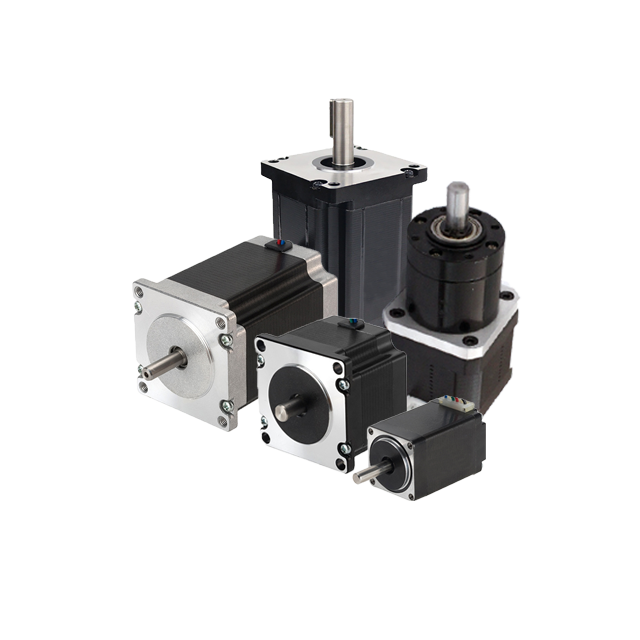
1. About the stepper motorAs a special motor for precise displacement control and large-scale speed regulation, the stepper motor rotates step by step with its own inherent step angle (determined by the mechanical structure of the rotor and stator). Its characteristic is that each step of rotation,
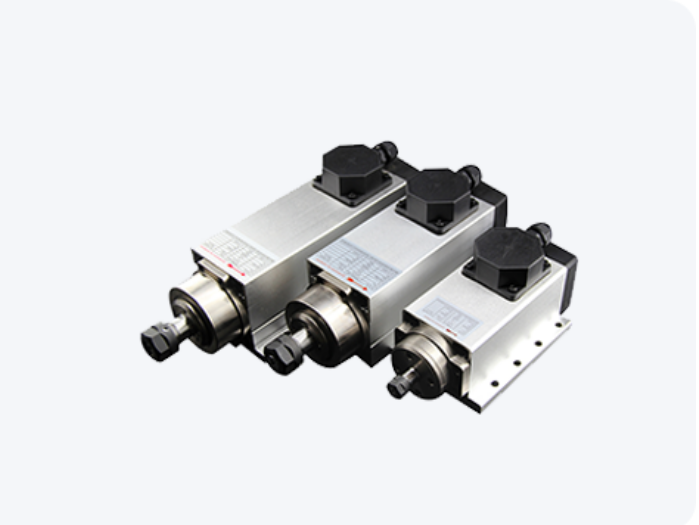
The Ultimate Guide to AC Spindle Motors: Precision and Performance UnveiledIn the world of precision machinery and manufacturing, AC Spindle Motors stand as the unsung heroes, silently powering industries and delivering impeccable performance. When it comes to achieving the utmost precision in vario
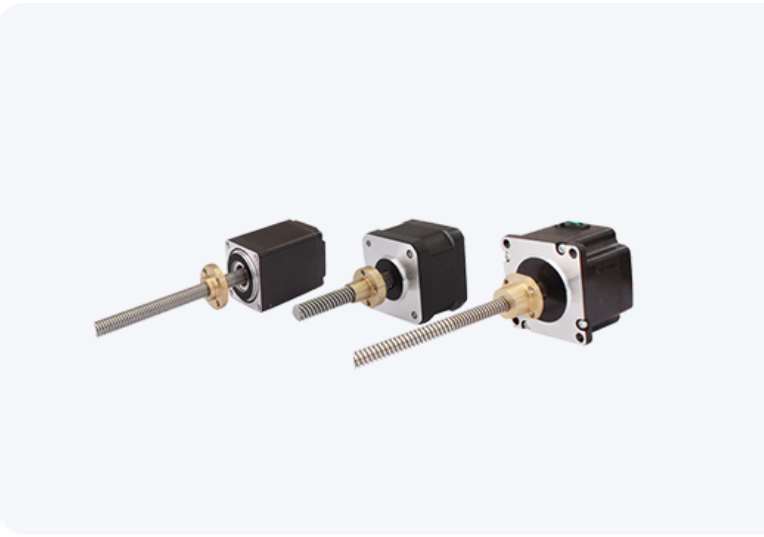
How to Attach a Lead Screw to a Stepper Motor table of Contents Introduction Understanding Lead Screws and Stepper Motors Why Attach a Lead Screw to a Stepper Motor? Choosing the Right Lead Screw for Your Application Necessary Tools and Materials Step-by-Step Guide: Attaching a Lead Screw to a Stepper Motor Step 1: Gather Your Tools and Materials Step 2: Preparing the Stepper Motor Step 3: Preparing the Lead Screw Step 4: Attaching the Lead Screw Step 5: Testing Your Setup Tips for a Secure Attachment Common Mistakes to Avoid Maintenance and Troubleshooting Advantages of Using Lead Screws with Stepper Motors Applications of Lead Screw-Stepper Motor Combinations Conclusion FAQs
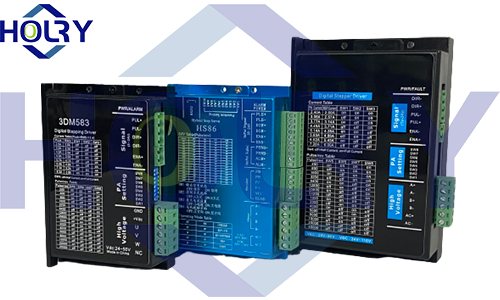
HS86 is the latest digital hybrid step servo drive with serial port debugging function launched by Internet Technology Co., Ltd. It adopts the latest 32-bit DSP control technology and integrates MODBUS-RTU standard protocol specifications.
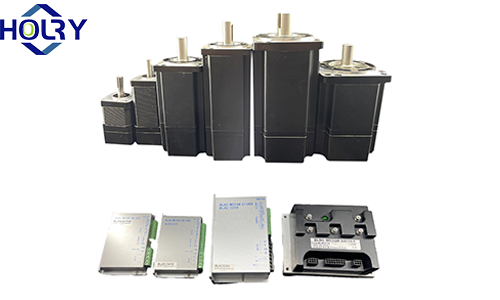
Brushless motors have the characteristics of low noise and high torque, and are widely used in industrial machinery, medical equipment, AGV trolleys and other fields. Due to their different specifications and types, it is very important to choose a suitable brushless DC motor to meet product performance requirements.

At HOLRY MOTOR, we have extensive expertise in the design and production of brushless DC motors (BLDC), and offer a diverse product line that includes standard NEMA-sized BLDC motors, as well as servo motors, spindle motors, and other specialized options. We utilize cutting-edge equipment and technology to ensure the highest quality and performance of our BLDC motors.
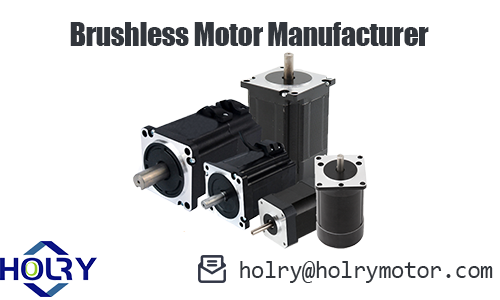
The 24V brushless motor can continuously set the speed and adjust the voltage applied to the motor by comparing with the feedback signal of the motor speed. Therefore, even if the load changes, the set speed can still be adjusted instantaneously from a slow speed to a steady running speed.
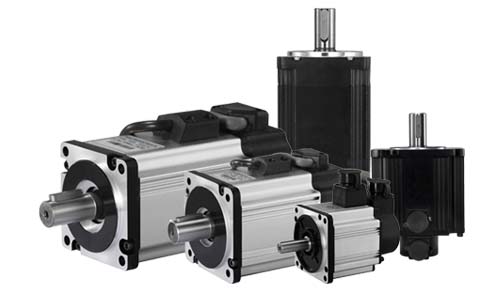
Introduction of Servo MotorsA servo motor is a rotary or translational motor driven by a servo amplifier to apply torque or force to a mechanical system such as an actuator or brake. Servo motors allow precise control of angular position, acceleration and velocity. This type of motor is associated w
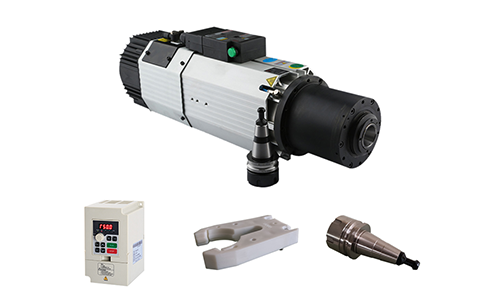
ATC (Automatic Tool Change) spindle motors are specialized electric motors designed for use in CNC (Computer Numerical Control) machines, which are used in precision manufacturing and machining applications.

CNC machine motors are essential components responsible for powering the movement of these complex machines. They provide high torque at a relatively constant speed, enabling precise control over the positioning and motion of the machine's components.
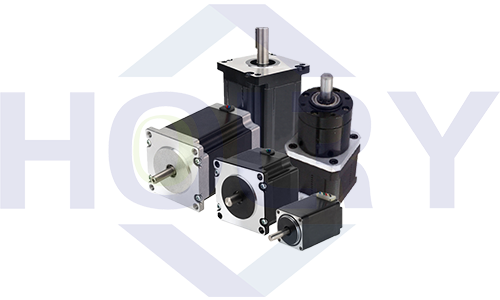
Introduction of stepper motor manufacturer Changzhou Holry Electric Technology Co., Ltd. is located in Changzhou, China, which has developed economy and convenient transportation. In this article, we have explained the relevant knowledge about stepper motor manufacturers, and of course also included the motor knowledge of stepper motors. If you are interested, you can also contact us.